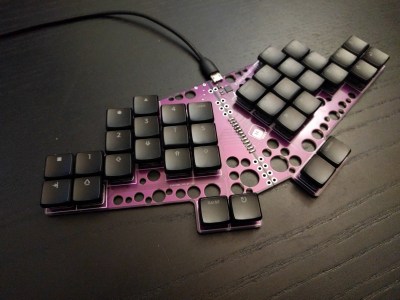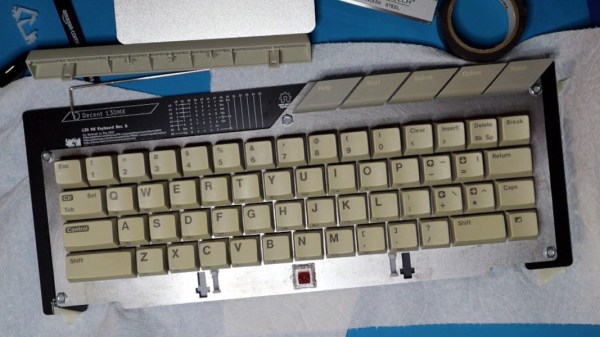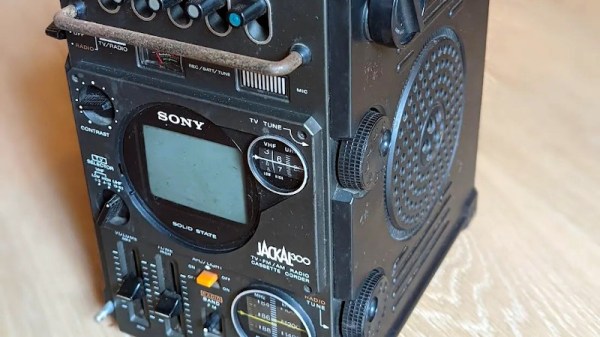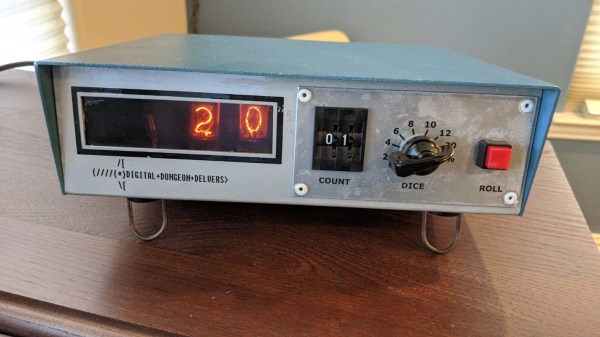What to do if you have a really cool old HP MicroServer that just can’t keep up with the demands of today? [jacksonliam] decided to restomod it by installing a mini PC into the drive bay.
The HP N54L MicroServer was still running, but its soldered CPU and non-standard motherboard made a simple upgrade impossible. Evaluating the different options, [jacksonliam] decided to save the case and PSU by transplanting an Intel Alder Lake mini PC into the drive bay with 3D printed brackets and heat set inserts.
Selecting a fanless “router” model to increase reliability, he was able to find an M.2 to mini-SAS adapter to attach the four drive cage to the NVME slot on the new PC. Power is supplied via the 12 V line on the ATX power supply and one of the mini PC’s Ethernet lines was broken out to a 3D printed PCI slot cover.
Looking for more ways to rejuvenate an old computer? How about putting a Mac mini inside an old iMac or a Raspberry Pi inside an Apple ][?


















